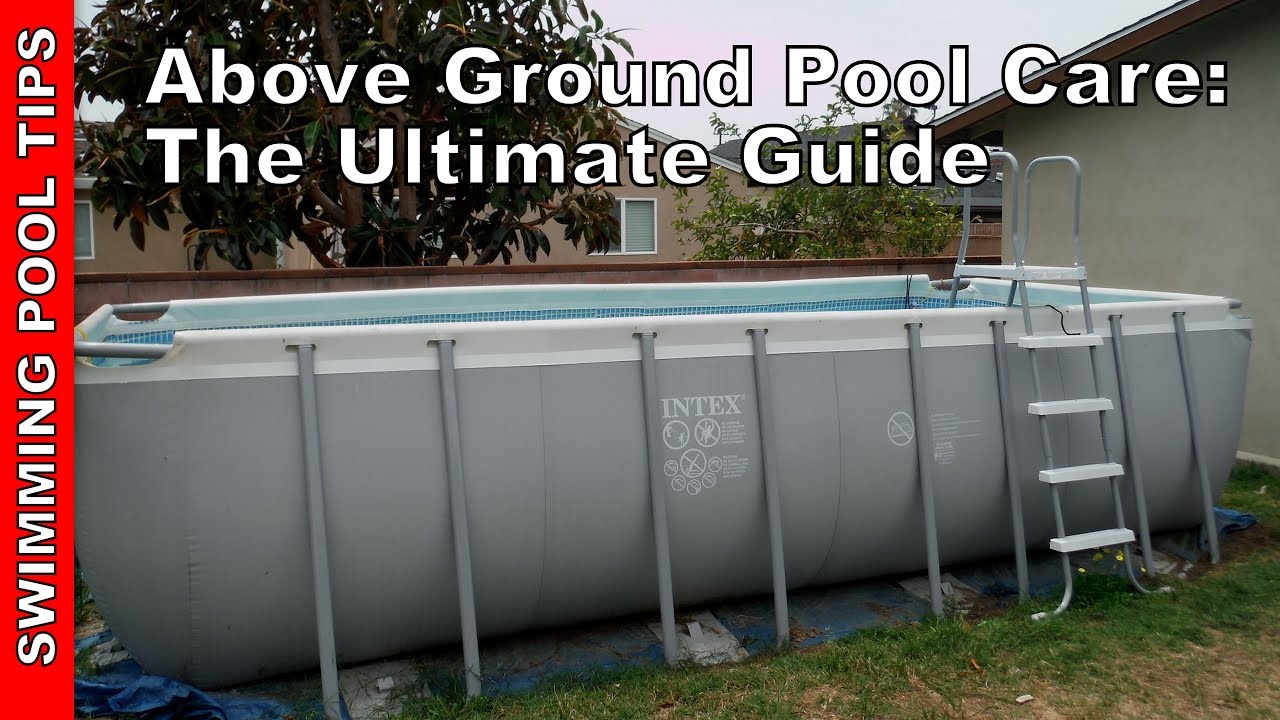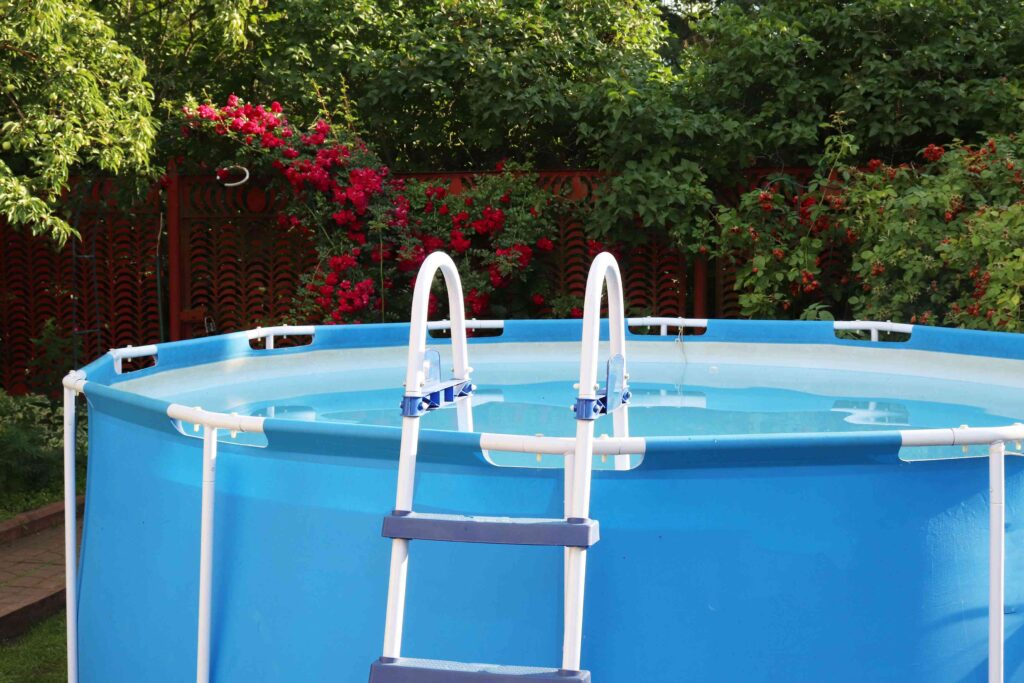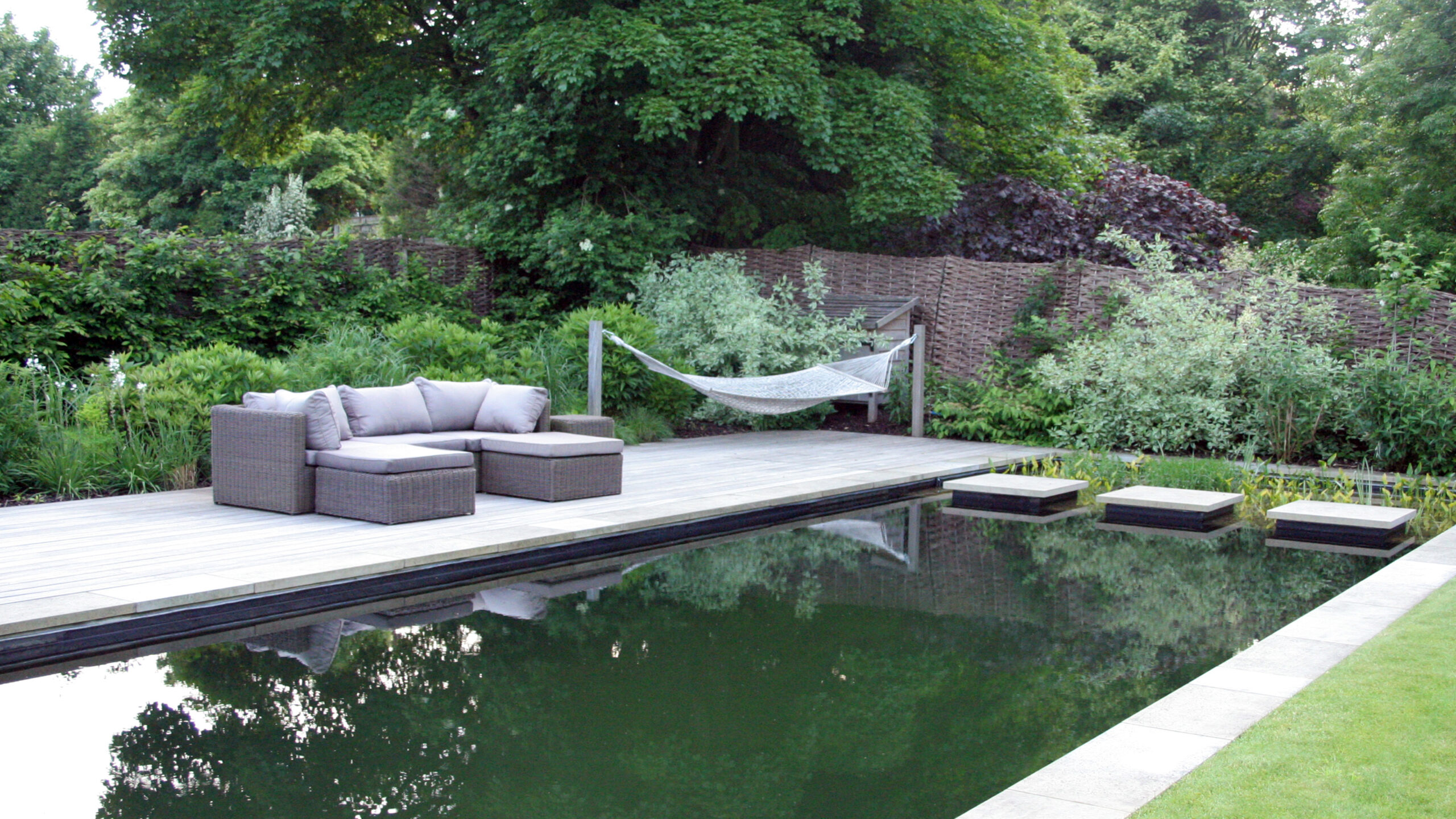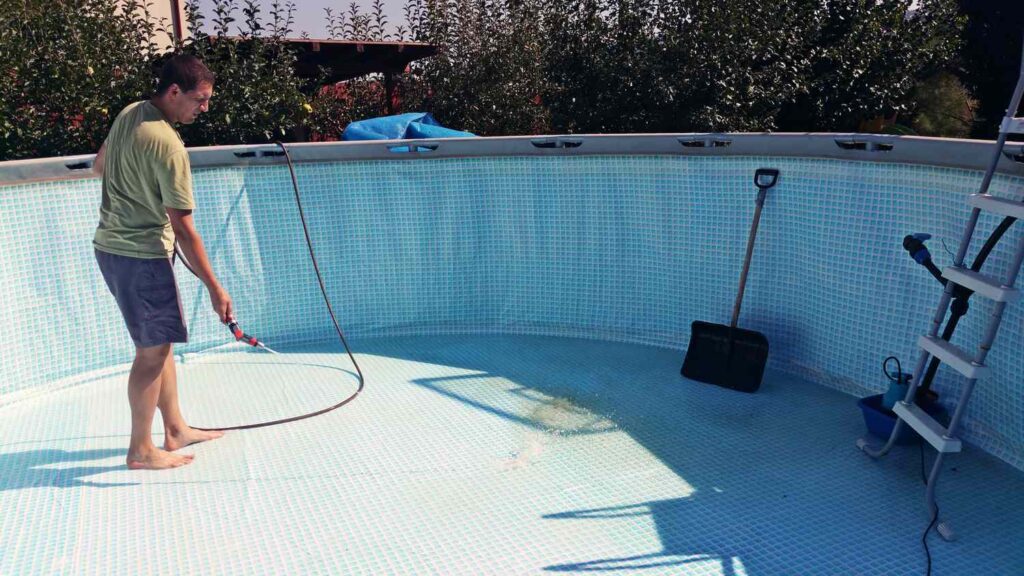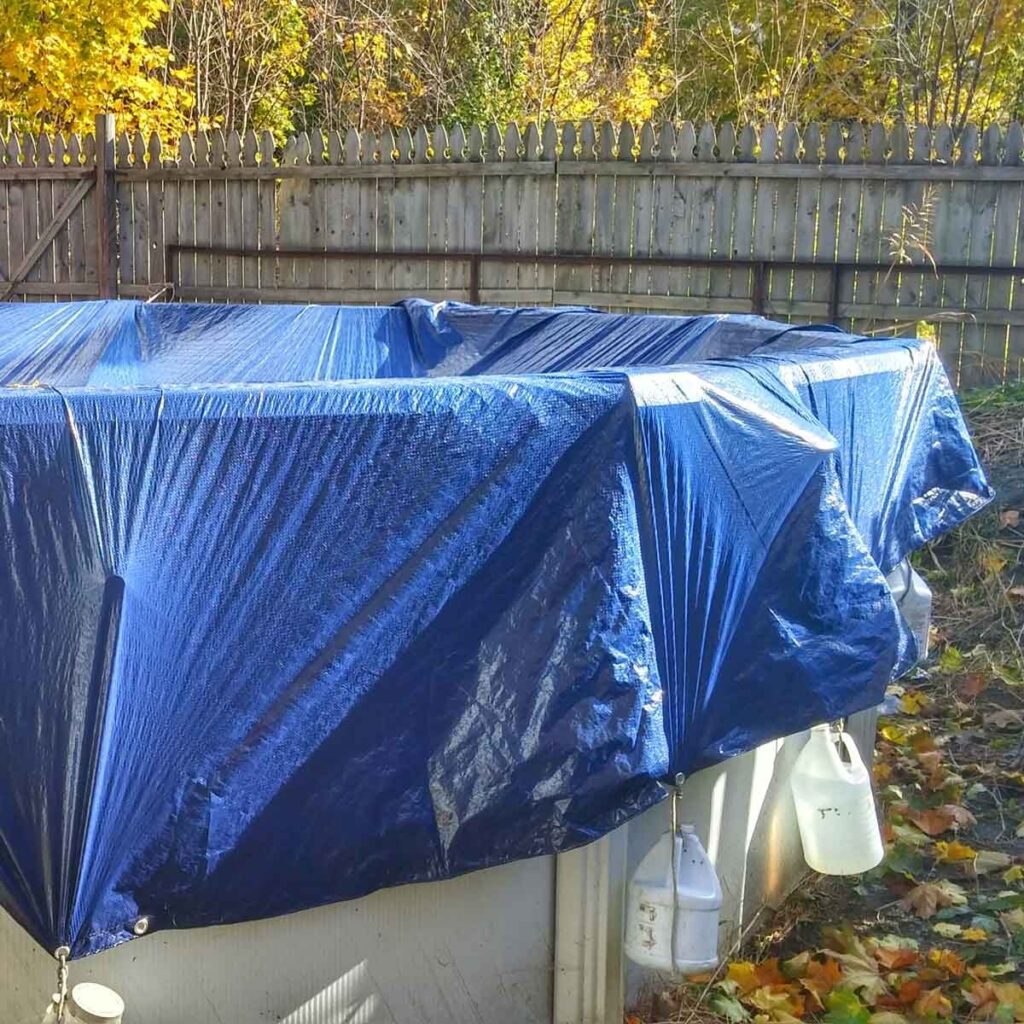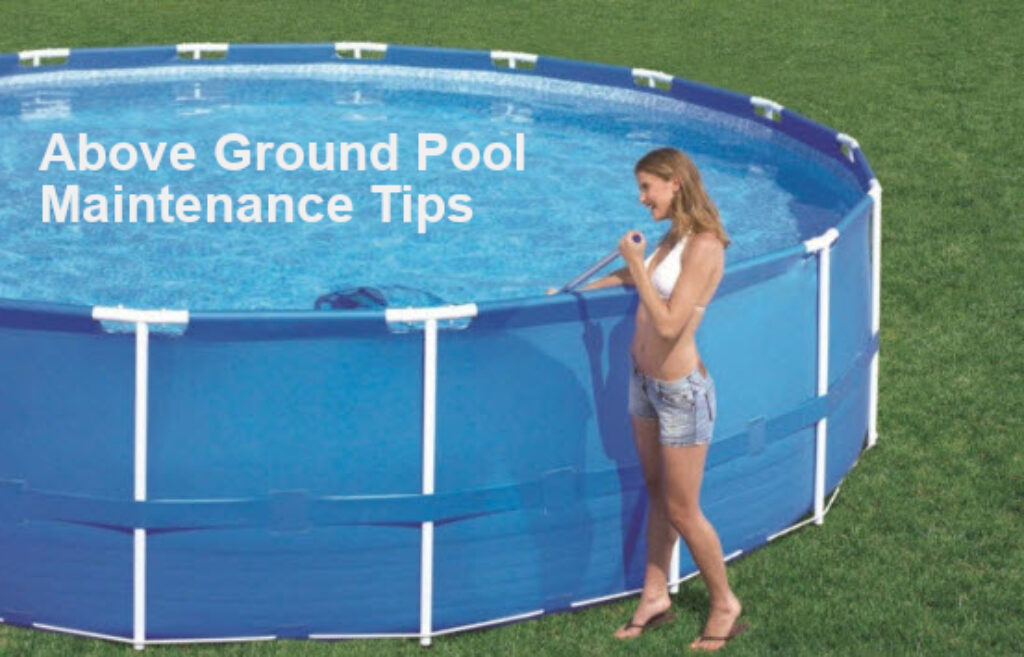Maintaining your above ground pool doesn’t have to be a daunting task. With a few helpful tips and tricks, you’ll be able to keep your pool in pristine condition all summer long. From testing the water quality to proper cleaning techniques, this article will guide you through the essentials of DIY pool maintenance, ensuring you can relax and enjoy the refreshing waters of your own backyard oasis.
This image is property of www.thespruce.com.
Equipment Maintenance
Filter Maintenance
Regular maintenance of your pool’s filter is essential to keep your pool water clean and clear. It is recommended to clean and backwash the filter at least once a week during peak swimming season. Start by turning off the pump and relieving the pressure in the system before opening the filter lid. Remove the filter cartridge or grids, depending on your filter type, and thoroughly clean them with a garden hose or a filter cleaning solution. Inspect the filter for any signs of damage or wear and replace any worn-out parts. Regular filter maintenance will ensure efficient filtration and prolong the life of your equipment.
Pump Maintenance
The pool pump is the heart of your pool’s circulation system and requires regular maintenance to keep it running smoothly. Start by turning off the pump and opening up the pump strainer basket to remove any debris such as leaves or twigs. Clean the basket and remove any clogs that may be obstructing the water flow. Inspect the pump for any leaks or unusual noises and check the impeller for any signs of damage or blockages. Proper maintenance of your pump will not only improve its performance but also prevent costly repairs in the future.
Skimmer Maintenance
The pool skimmer plays a crucial role in keeping your pool free from debris such as leaves, insects, or small particles. Regular maintenance of the skimmer will ensure its effectiveness and prevent any clogs or blockages. Start by removing the skimmer basket and emptying it of any debris. Clean the skimmer throat with a brush or hose to remove any buildup. Inspect the skimmer for any cracks or damage and replace any worn-out parts if necessary. Skimmer maintenance is an essential part of your pool care routine to keep your pool water clean and inviting.
Water Chemistry
Test the Water
Regularly testing your pool water is vital to maintain proper water chemistry and ensure a safe swimming environment. Test kits are readily available at most pool supply stores and are easy to use. Start by filling a clean test vial with water from your pool, following the instructions on the test kit. Add the appropriate reagents or test strips to the vial and compare the color or reading to the provided chart. Test and record your pool’s pH, chlorine, alkalinity, and calcium hardness levels to guide your water balance adjustments.
Balancing the Chemicals
Once you have tested your pool water, it’s time to balance the chemicals to ensure optimal water quality. Start by adjusting the pH level to the recommended range of 7.2 to 7.6 using pH increasers or decreasers. Next, adjust the chlorine level to the appropriate range of 1 to 3 parts per million (ppm) using chlorine tablets, liquid chlorine, or shock treatments. Finally, adjust the alkalinity and calcium hardness levels as needed following the recommendations on your test kit. Balancing the chemicals in your pool water will help prevent algae growth, maintain water clarity, and protect your pool equipment.
Shock Treatment
Shock treatments are an important part of maintaining a clean and sanitary pool. Shocking your pool helps to eliminate organic contaminants such as bacteria, algae, and chloramines that can cause cloudy water and unpleasant odors. Start by selecting a shock treatment product suitable for your pool type and following the manufacturer’s instructions for the correct dosage. It’s best to shock your pool in the evening or at night when the sun is less intense, as sunlight can reduce the effectiveness of the treatment. Regular shock treatments will keep your pool water fresh, clear, and ready for swimming.
Cleaning the Pool
Skimming the Surface
Skimming the surface of your pool is an essential step in maintaining its cleanliness and preventing debris from sinking to the bottom. Use a skimmer net or a pool skimmer attachment on a telescopic pole to remove leaves, insects, and other debris floating on the water surface. Start at one end of the pool and work your way around, making sure to skim both the shallow and deep ends. Skimming the surface regularly, especially after storms or heavy pool use, will help prevent the debris from clogging your filter and maintain a clean swimming area.
Vacuuming the Pool
Besides skimming the surface, vacuuming the pool is necessary to remove dirt, fine particles, and any debris that has settled on the pool floor. There are different types of pool vacuums available, such as manual vacuums or automatic robotic vacuums, depending on your preference and budget. If using a manual vacuum, connect it to a telescopic pole and follow the manufacturer’s instructions to move the vacuum head along the pool floor, overlapping each pass for thorough cleaning. Vacuuming the pool at least once a week will help keep the water clear and maintain a pristine swimming environment.
Cleaning the Walls and Floor
To keep your pool looking its best, regular cleaning of the walls and floor is necessary. Start by brushing the pool walls and floor using a pool brush with nylon bristles or stainless steel bristles for tougher stains. Brushing helps remove algae, dirt, and other deposits that might have accumulated over time. Pay close attention to the pool areas with low water circulation or poor sunlight exposure, as these are more prone to algae growth. After brushing, use a pool vacuum or skimmer net to remove any loosened debris. Cleaning the walls and floor on a regular basis will help maintain a sparkling pool that you can enjoy all season long.
Cover and Liner Care
Cover Maintenance
If you have a pool cover, proper maintenance is essential to prolong its lifespan and functionality. Start by removing any debris or leaves from the cover using a leaf blower or a pool brush. Clean the cover with a mild detergent, scrubbing gently with a brush to remove any stains or grime. Rinse the cover thoroughly with water and allow it to dry completely before folding and storing it in a dry and protected area. Regular cleaning and proper storage of your pool cover will ensure its longevity and effectiveness in protecting your pool during the offseason.
Liner Inspection
Inspecting your pool liner regularly will help identify any potential problems such as leaks or tears, allowing you to address them promptly. Start by visually inspecting the liner for any noticeable damage, discoloration, or wrinkles. Look closely for any signs of wear or deterioration around the pool edges, stairs, or other high-traffic areas. If you notice any issues, repair them immediately using a pool liner patch kit or consult a professional for larger repairs. Regular liner inspections will help maintain the integrity of your pool’s structure and prevent any further damage.
Liner Cleaning
Cleaning your pool liner is important to prevent the buildup of dirt, algae, or other contaminants that can stain or damage the liner over time. Start by using a pool brush or a soft cloth to gently scrub the liner walls and floor. Avoid using abrasive materials or harsh chemicals that can cause damage. If you encounter stubborn stains or algae growth, use a pool liner cleaner specifically designed for vinyl liners and follow the manufacturer’s instructions. Regular cleaning of your pool liner will help maintain its appearance and prolong its lifespan.
This image is property of www.thespruce.com.
Preventing Algae Growth
Regular Brushing
Regular brushing of your pool is an effective way to prevent algae growth and maintain a clean pool surface. Use a pool brush with nylon bristles to brush the walls, steps, and corners of your pool. Brushing dislodges algae spores and prevents them from settling and growing. Pay extra attention to areas with poor water circulation or low sunlight exposure, as these are more susceptible to algae growth. Aim to brush your pool at least once a week or as needed to keep algae at bay and maintain a sparkling clean pool.
Using Algaecides
Algaecides are chemical treatments designed to prevent and control algae growth in your pool. There are different types of algaecides available, including copper-based and non-metallic options. Follow the manufacturer’s instructions and dosage recommendations for your specific algaecide. It’s important to note that algaecides are not a substitute for proper pool maintenance but rather an additional preventive measure. Regular use of algaecides, along with proper water balance and filtration, will help keep your pool free from algae and maintain crystal-clear water.
Maintaining Proper Water Circulation
Proper water circulation is crucial in preventing algae growth and maintaining water clarity. Ensure that your pool’s circulation system, including the pump and filter, is functioning optimally. Check for any obstructions or clogs in the skimmer basket, pump strainer basket, and filter. Keep an eye on the water flow from the return jets to ensure even distribution throughout the pool. Consider running the pool pump and filter for longer periods, especially during hot weather or times of heavy pool use, to promote sufficient water circulation. Maintaining proper water circulation will help prevent algae blooms and keep your pool water clean and inviting.
Managing Water Level
Monitoring Water Loss
Regularly monitoring the water level in your pool is essential to prevent any potential issues and maintain proper pool function. Evaporation is a natural process that causes water loss, especially during hot and dry weather. To monitor water loss, mark the water level on the side of the pool with a piece of tape or a permanent marker. Check the water level every few days, and if it drops more than half an inch, consider investigating for any leaks or excessive evaporation.
Refilling the Pool
When the water level in your pool drops below the recommended range, it’s time to refill it. Start by attaching a garden hose to a water source and placing the other end in the pool. Fill the pool slowly to prevent splashing or disturbing the pool chemicals. While refilling, test the water periodically to ensure you’re maintaining proper water balance and stop filling once the water reaches the desired level. It’s important to note that tap water may contain impurities or minerals that can affect your pool’s chemistry, so regular water testing and treatment may be needed.
Dealing with Heavy Rainfall
During periods of heavy rainfall, your pool water level may rise quickly, potentially causing overflow and other problems. It’s important to ensure that your pool has proper drainage systems or overflow outlets to prevent flooding. If heavy rainfall is expected, monitor the water level closely and be prepared to drain excess water if necessary. Using a submersible pump or siphoning the excess water can help bring the water level back to the recommended range. Proper management of water levels during heavy rainfall will help prevent damage to your pool and ensure its longevity.
This image is property of www.familyhandyman.com.
Winterization
Removing Accessories
Before winterizing your above-ground pool, start by removing any accessories such as ladders, handrails, or pool toys. Clean and dry them thoroughly before storing them in a dry and protected area to prevent damage or deterioration during the offseason. Removing accessories will not only protect them but also make the winterization process more efficient.
Lowering the Water Level
Lowering the water level in your pool is an essential step in preparing it for winter. Start by using a submersible pump or a hose siphon to drain the water to the recommended level, which is typically below the skimmer opening. Be cautious when draining not to lower the water level too much, as it may cause the pool liner to shrink or create additional strain on the pool structure.
Adding Winterizing Chemicals
To protect your pool during the offseason, adding winterizing chemicals is crucial. Start by balancing the water chemistry, ensuring the pH and alkalinity levels are within the recommended range. Next, add a winterizing algaecide to prevent algae growth, and a winterizing floater or chemical kit to gradually release chlorine or other sanitizers. Follow the manufacturer’s instructions for proper dosage and application. Winterizing chemicals will help keep your pool water clean and clear, reducing the chances of algae or bacteria growth while your pool is not in use.
Troubleshooting
Low Water Pressure
If you notice a decrease in water pressure in your pool, several factors could be at play. Start by checking the filter for any clogs or debris that may be obstructing the water flow. Clean or backwash the filter if necessary. Inspect the pump for any leaks or signs of damage. Low water pressure can also be caused by a faulty impeller or a worn-out pump motor. If the issue persists, it’s advisable to consult a professional pool service for diagnosis and repair.
Noisy Pump
A noisy pool pump can be an indicator of underlying issues that need attention. Start by checking for any loose or vibrating parts, such as the pump lid or housing. Tighten or secure any loose components to reduce noise. If the noise persists, it could indicate a problem with the pump motor or impeller. Consulting a professional pool service for further inspection and repair is recommended to prevent any further damage.
Cloudy Water
Cloudy water can be a common issue in pool maintenance, usually caused by poor water balance, inadequate filtration, or excessive organic or mineral contaminants. Start by testing the water chemistry and adjusting the pH, chlorine, and alkalinity levels as needed. Backwash or clean the filter to ensure proper water circulation and filtration. If the water remains cloudy, consider shock treating the pool to eliminate any organic contaminants. If the problem persists, consult a professional pool service for further guidance on resolving cloudy water issues.
This image is property of casualpatiopoolsandspas.com.
Safety Precautions
Proper Chemical Handling
When handling pool chemicals, it’s crucial to follow proper safety precautions to ensure your well-being. Start by wearing appropriate personal protective equipment, including gloves, goggles, and a respiratory mask, when handling chemicals. Always handle chemicals in a well-ventilated area and away from open flames or ignition sources. Follow the manufacturer’s instructions for proper storage and disposal of chemicals, and never mix different chemicals unless specifically instructed. Proper chemical handling will help prevent accidents and ensure a safe pool environment.
Secure Fencing
Installing a secure fence around your above-ground pool is a crucial safety measure, especially if you have children or pets. Make sure the fence meets local safety regulations and guidelines, including height and gate security. The fence should completely enclose the pool area, restricting access to unsupervised individuals. Regularly inspect the fence for any damage or wear and repair or replace any faulty parts. A secure fence will provide peace of mind and prevent unauthorized access to your pool.
Safe Storage of Pool Supplies
Proper storage of pool supplies is essential to prevent accidents and maintain their effectiveness. Store chemicals in a cool, dry, and well-ventilated area away from direct sunlight or heat sources. Keep them out of reach of children and pets, preferably in a locked cabinet or storage container. Ensure that chemicals are stored in their original containers with labels intact to avoid confusion or accidental mixing. Additionally, store pool accessories such as brushes, nets, and vacuums in a designated area to prevent tripping hazards. Safe storage of pool supplies will help create a safer and more organized pool environment.
Professional Help
When to Call a Professional
While do-it-yourself pool maintenance can be rewarding, certain situations may require professional expertise. If you encounter major equipment malfunctions, complex repairs, or persistent water chemistry issues that you cannot resolve, it’s advisable to call a professional pool service. Additionally, if you are unsure about any aspect of pool maintenance or need guidance on proper techniques, a professional can provide valuable advice and assistance. Recognizing when to seek professional help can save you time, money, and potential frustration in the long run.
Finding a Reputable Pool Service
When looking for a reputable pool service, start by asking for recommendations from friends, family, or neighbors who own pools. Look for local pool service companies with positive customer reviews and a good reputation within the community. Verify that the pool service is licensed, insured, and certified by professional organizations such as the Association of Pool and Spa Professionals (APSP). Request quotes from multiple pool service providers and compare their services, pricing, and warranties before making a decision. Choosing a reputable pool service will ensure that your pool receives the professional care it needs.
Understanding Maintenance Costs
Understanding the costs associated with pool maintenance is crucial for budgeting and planning. Regular pool maintenance expenses include chemicals, water testing kits, filter cleaning supplies, and equipment replacements. Additionally, consider the costs of electricity to run the pool pump and filter, water replenishment, and occasional repairs or upgrades. Proper maintenance and preventive care can help reduce overall costs by avoiding major repair bills or premature equipment replacements. Keeping track of your pool maintenance expenses will help you budget effectively and make informed decisions regarding your pool care needs.
In conclusion, DIY pool maintenance for above ground pools involves regular equipment maintenance, water chemistry testing and balancing, pool cleaning, cover and liner care, algae prevention, water level management, winterization, troubleshooting, safety precautions, and understanding when to seek professional help. By following these comprehensive tips and taking the necessary steps outlined, you can ensure a clean, clear, and safe swimming pool for you and your family to enjoy throughout the season. Happy swimming!
